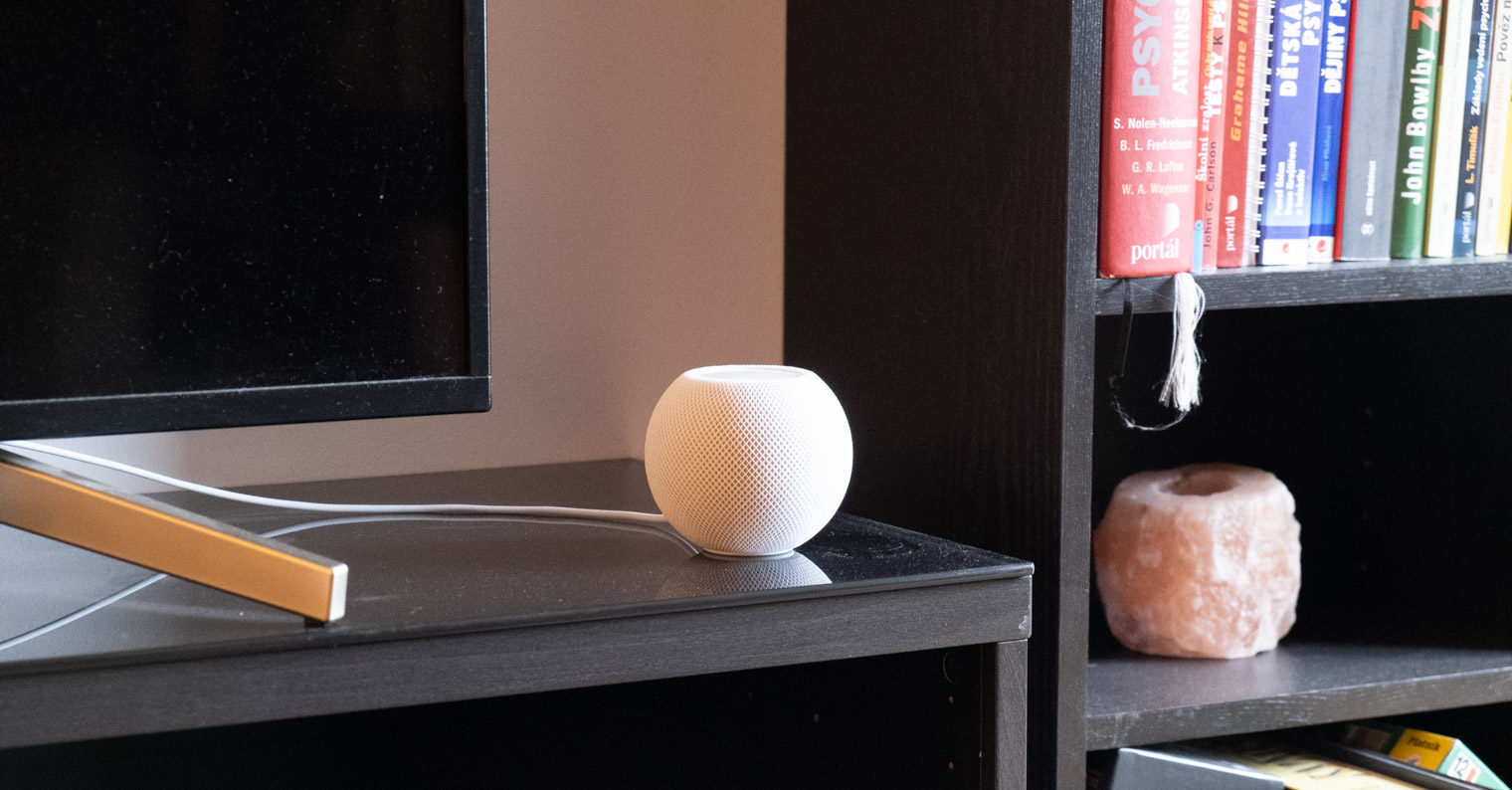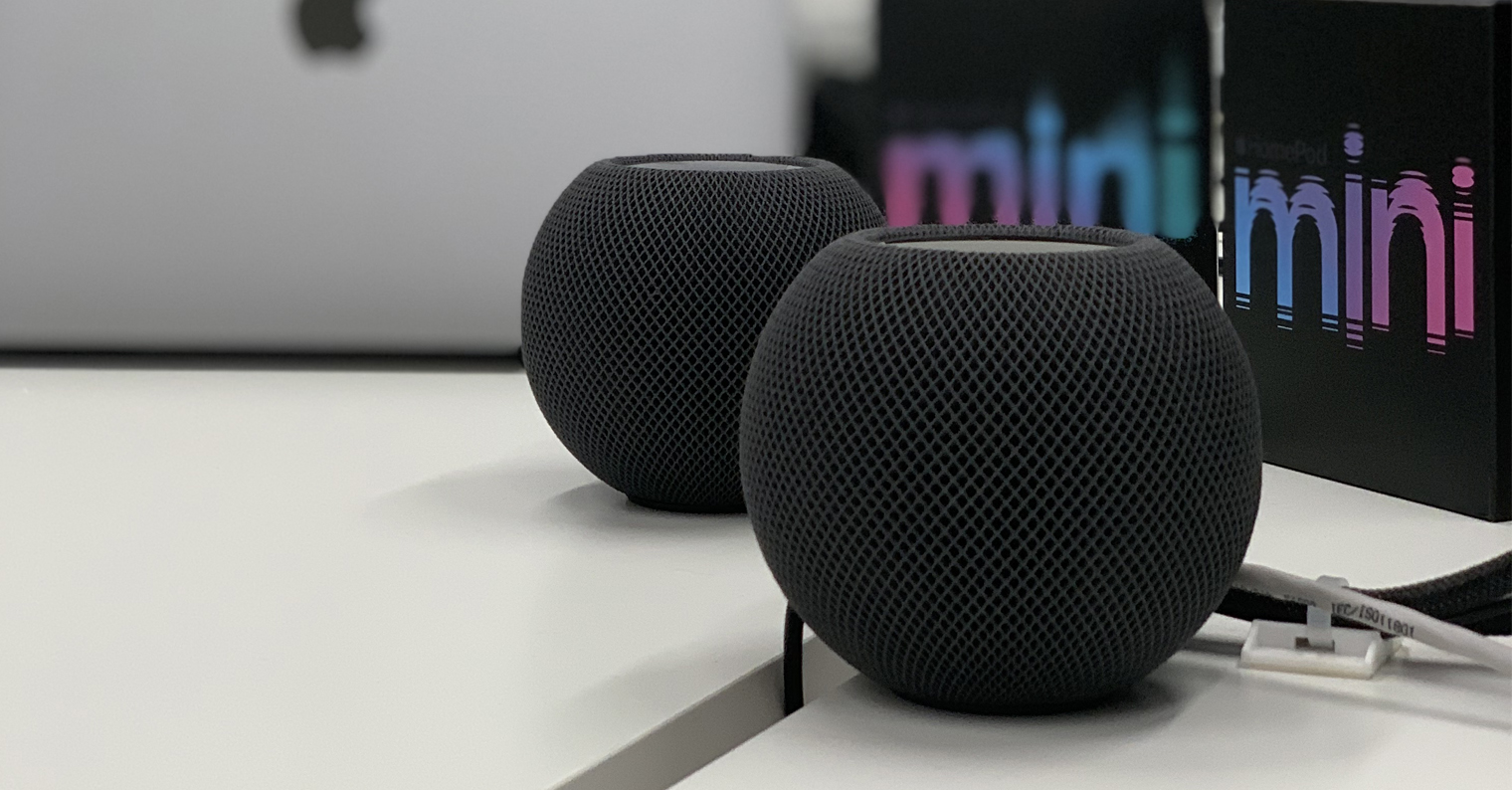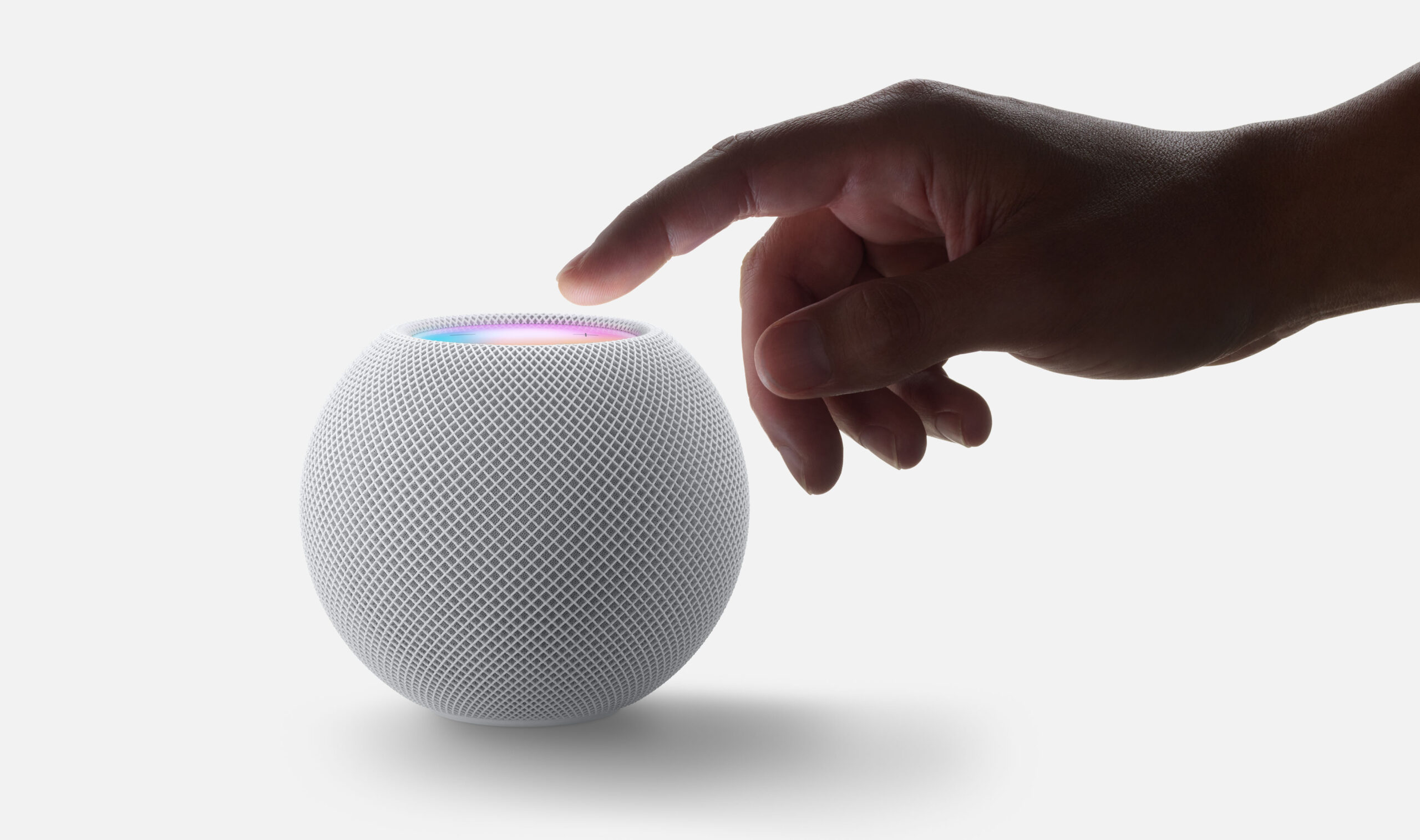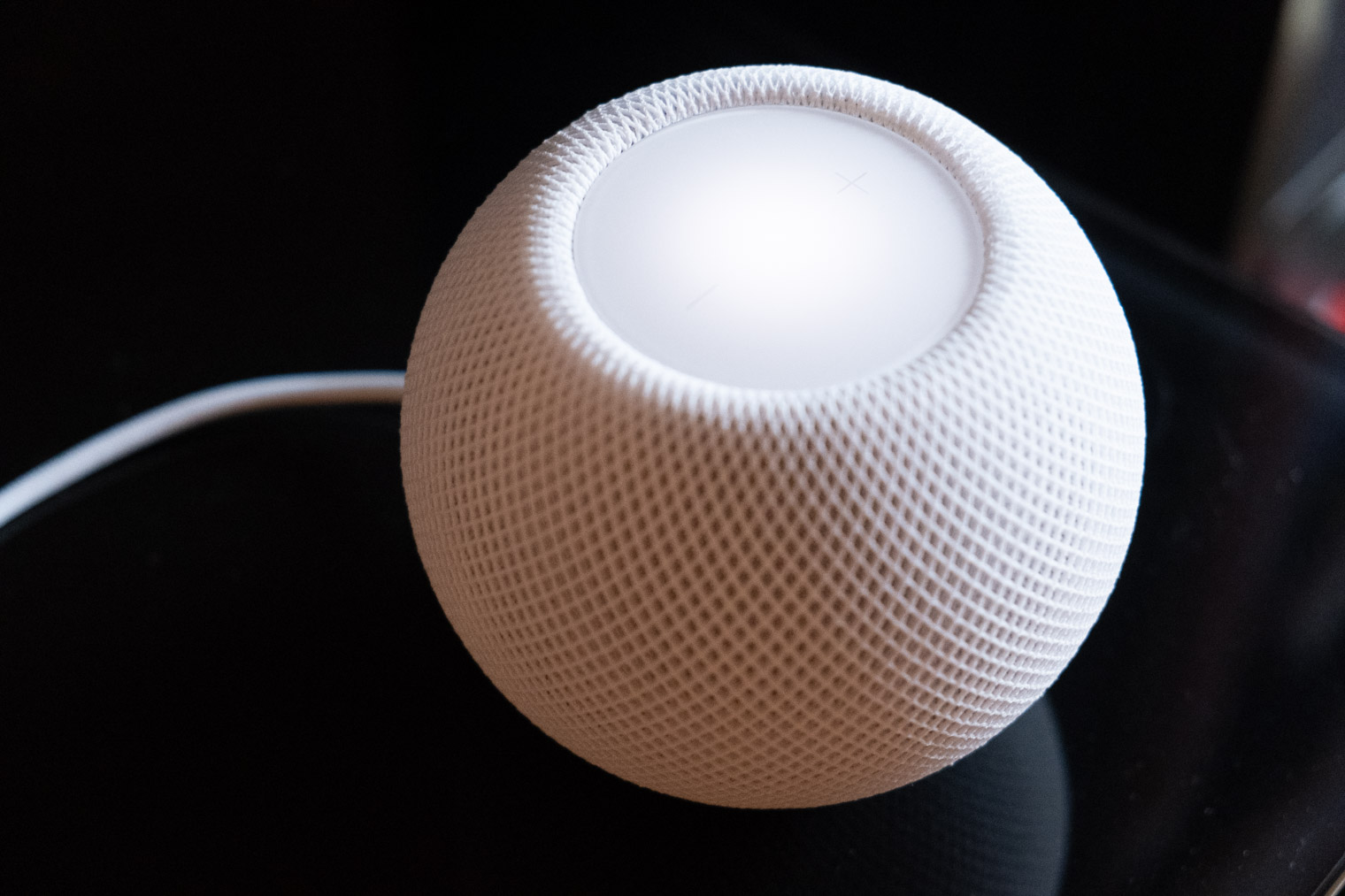The smart speakers HomePod (2nd generation) and HomePod mini have sensors for measuring air temperature and humidity. Apple presented this news in connection with the presentation of the successor to the original HomePod, when it also unlocked the functionality of the sensors in the older mini model. Although the latter had the necessary hardware all along, it was fully operational only with the arrival of the HomePod OS 16.3 operating system.
It could be interest you
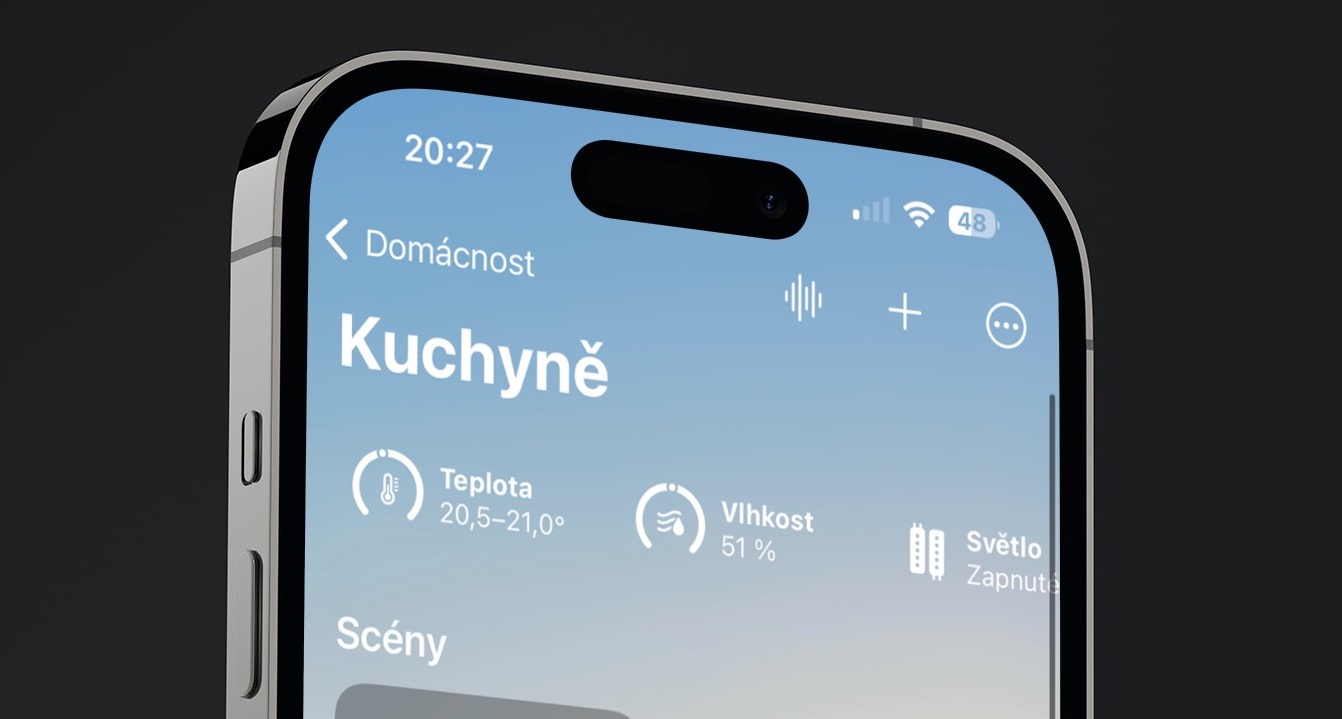
The HomePod mini has been here with us since October 2020. We had to wait a little over two years for its important functions to become operational. But now we finally got it and apple lovers are understandably excited. Data from sensors can be used to a large extent for smart home automation, which can be useful to many. Moreover, as it now appears, their usability can probably be expanded even further.
Apple growers celebrate, competition remains calm
Before we focus on usability itself, let's take a quick look at the competition. Apple introduced the HomePod mini in 2020 as a response to low sales of the original HomePod and as a response to competition. The users themselves have clearly shown what they are actually interested in – an affordable, smaller smart speaker with voice assistant functions. The HomePod mini thus became competition for the 4th generation Amazon Echo and the 2nd generation Google Nest Hub. Although Apple has finally met with success, the truth is that in one area it has fallen short of its competition. That is, until now. Both models have long had sensors for measuring temperature and air humidity. For example, the mentioned Google Nest Hub was able to use the built-in thermometer to analyze the climate in a specific room. The output could then be information that bad air can disturb the user's sleep.
This clearly shows another possible use even in the case of apple smart speakers. As we mentioned above, they can use their sensors for the eventual creation of automation. In this direction, apple growers have practically free hands and it is up to them and only them how they deal with these possibilities. Of course, in the end it depends on the overall equipment of the household, available smart products and the like. However, Apple could take inspiration from the competition and bring a gadget similar to the Google Nest Hub. The arrival of a function that analyzes air quality with regard to sleep would be welcomed with open arms.

Thermometer for quality sound
At the same time, interesting theories about the further use of sensors are emerging among apple growers. In that case, we first have to go back in time to 2021, when the well-known portal iFixit took apart the HomePod mini and revealed for the first time that it even has a thermometer and a hygrometer. The experts then mentioned an interesting thing. According to them, the data from the sensors could also be used to ensure better sound quality, or to adapt it to current air conditions. Now let's go back to the present. Apple presented the new HomePod (2nd generation) in the form of a press release. In it, he mentions that the product uses "room-sensing technology” for real-time audio customization. Room-sensing technology can probably be interpreted as the mentioned two sensors, which in the end can be key to optimizing surround sound. However, Apple has not officially confirmed this.
It could be interest you

 Flying around the world with Apple
Flying around the world with Apple 
